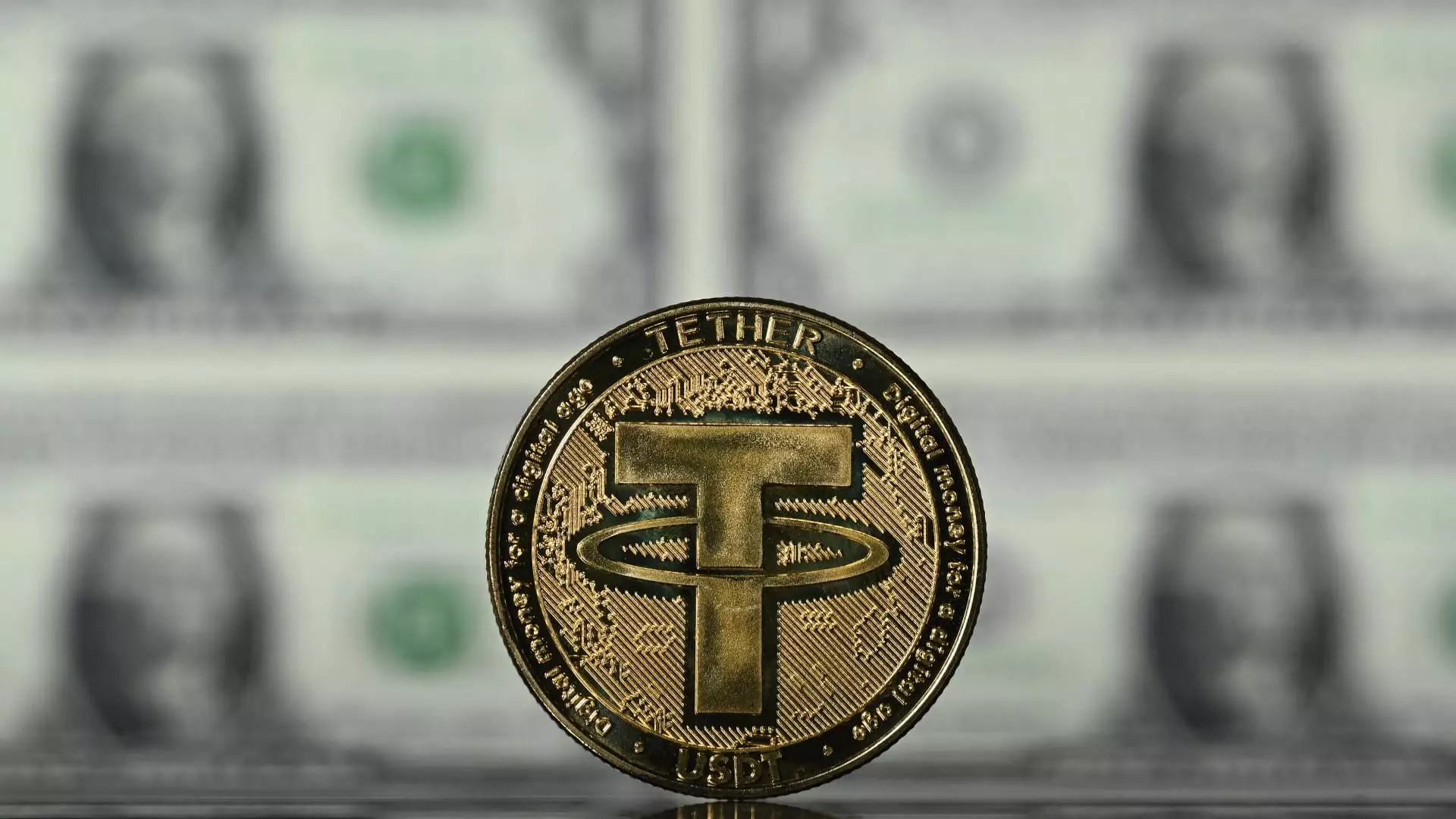The advent of pro-crypto policies in the United States is positioning the stablecoin market for explosive growth as we approach 2025. This surge not only promises to catalyze activity within the cryptocurrency industry but also aims to solidify the U.S. dollar’s status in the global financial landscape. As stakeholder interests converge around regulatory clarity, the stablecoin sector could very well become a pivotal player in both traditional and digital finance.
Recent trends have demonstrated a significant increase in the market capitalization of U.S. dollar-backed stablecoins, which has surged over 50% in the current year alone. This rise could be seen as not just a reaction to market dynamics but also as a response to the potential for a cohesive regulatory framework that may be established by Congress. According to prominent figures in the financial sector, like Matt Hougan from Bitwise Asset Management, the anticipated stablecoin market cap could reach or exceed $400 billion by 2025. Such growth hinges on consumers, businesses, and issuers gaining clarity on the regulatory landscape, which would inevitably embolden participation from traditional banking institutions.
Stablecoins, by definition, are cryptocurrencies that maintain a stable value by being pegged to underlying assets, predominantly the U.S. dollar. This intrinsic value stability allows them to be utilized in various scenarios, such as trading on both centralized and decentralized exchanges, as well as serving as collateral in decentralized finance (DeFi). The convergence of regulatory acceptance and widespread adoption could ignite a new wave of interest in these digital assets.
The impending boom in the stablecoin market is expected to attract significant interest from established financial entities. Major banks, such as J.P. Morgan, may explore opportunities in the stablecoin domain, further legitimizing cryptocurrency in the financial mainstream. This evolution is likely to boost companies like Coinbase, which operates under a revenue-sharing model with Circle, the issuer of USD Coin (USDC). Such partnerships position Coinbase to benefit directly from increasing interest and utilization of stablecoins.
Furthermore, innovative collaborations have emerged, including Robinhood’s joint venture with Kraken and Galaxy Digital to launch a new dollar-backed stablecoin, USDG. These movements signal not only a diversification of stablecoins available for trading but also a growing recognition of the importance of integrating traditional financial principles with emerging technologies.
Despite the optimistic outlook for stablecoins, the regulatory landscape remains a hurdle. Analysts, including those from JPMorgan, caution that actual legislative effects may lag behind the anticipated influx of pro-crypto policies. The slow-moving nature of the legislative process could delay any real impact until well into the new administration, as critical appointments and policy discussions unfold.
Equally pressing is the need for clarity surrounding the operational framework for stablecoins. As Michael Saylor of MicroStrategy pointed out, the U.S. has the potential to lead in issuing a globally recognized digital currency backed by the dollar. The current dominance of Tether’s USDT, which captures 70% of the stablecoin market, highlights the necessity for U.S. lawmakers to establish a robust regulatory framework to cultivate a competitive landscape for domestic issuers.
The implications of a robust stablecoin market extend beyond just cryptocurrency enthusiasts. A well-structured stablecoin framework could enhance the U.S. dollar’s position within global financial systems, facilitating a more significant flow of cross-border transactions and providing financial services in regions with unstable currencies or banking issues. Promotion of dollar-backed stablecoins could mitigate risks associated with inflationary pressures in less stable economies, serving a fundamental need for individuals and businesses operating in uncertain environments.
Congressman French Hill emphasizes the potential for stablecoins to bolster competition in the financial services industry while also promoting the reserve currency status of the dollar. This confluence of favorable policy, increasing institutional interest, and rising global demand for reliable digital currencies could result in stablecoins becoming an integral component of the international monetary system.
As we approach 2025, the path forward for stablecoins appears laden with opportunity yet fraught with challenges. The simultaneous push for regulatory clarity and the active involvement of traditional financial institutions indicate a changing landscape for digital assets. Key stakeholders continue to advocate for frameworks that prioritize the U.S. dollar’s strength while allowing innovation to flourish. If the right regulatory conditions are met, there is no doubt that stablecoins will play a transformative role in both the cryptocurrency ecosystem and the global financial system at large.

